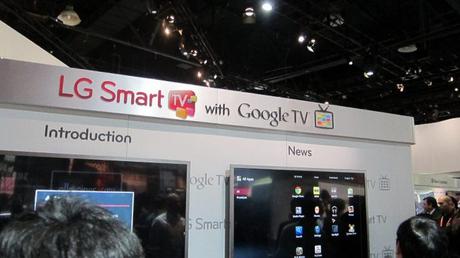
For organizations, a smart practice is to understand their top priorities and invest in those areas to generate improvements that produce optimal results. The smart approach to incorporating technologies into their operations is to do so in ways that benefit them for many purposes.
Integrating smart technologies into everyday life is now part of the norm, and so is the state and local government that uses technology to optimize functionality within their organizations. There is a wealth of digital technologies that can be integrated into government services. However, doing too much in a short time may lead to disappointments with sometimes costly consequences. There may also be an entanglement of technologies that are not being exploited, integrated or adapted to improve other aspects of the community.
Examples of negative spillovers from the premature adoption of smart technologies have been observed in communities that have rushed to implement mobile applications that allow citizens to report problems such as potholes or streetlights defective. Many local leaders felt that calling on citizens to point out where work is needed was a great initiative. However, citizens began to report the same issues repeatedly and were frustrated that they could not track the status of the repairs because their mobile application was not integrated into the client management system. In general, the intent underlying the use of the new technology is good, but its realization does not take into account its overall integration to generate an optimal user experience.
Today, most communities are integrating smart applications into their back office systems. Citizens reporting an event can also obtain repair planning information and receive alerts once work is completed. In these cases, it is not the mobile application in itself that is smart, but the implementation aimed at maximizing citizen experience and improving services.
It's easy for communities to use technology to quickly resolve issues. After all, there are now countless sources of information, including conferences and symposia on smart technologies around the world to demonstrate the art of the possible. Technologies enable us to detect and predict leaks in water pipes, to redirect garbage trucks so that they empty only full bins, deploy cars without a driver, and so on. It is not surprising that local officials are puzzling over the possibilities offered by new technologies. However, it is not easy to find sustainable financing resources and plan smart implementations.
Recently, I had the opportunity to meet the leaders of a small town in the United States who were facing an increase in complaints about traffic congestion on a local highway at rush hour. After analyzing the complaint data, the geospatial information data and the data from different sensors, the officials were able to determine the cause of this increased congestion. They discovered that an elderly man would visit his doctor several times a week during rush hour while driving extremely slowly on a busy road. In light of this information, the city could decide the best avenue to solve this issue: offer a transport service to the man, ask him to schedule his appointments outside rush hours, or nothing do everything at all. In this case, the city did not need to provide any new investment; she simply took advantage of the data that was already in her possession to find out where the problem was coming from.
Although it is not possible to fix everything with existing data and technologies, this example demonstrates that intelligence does not only come from new technologies: it is also important to take advantage of the resources already in place.
In reality, the needs differ from one community to another and the priorities of each community are also variable. A city whose population is growing significantly may have to cope with congestion problems while another city faces environmental problems or noise pollution as a result of a change in the industrial landscape. Each of these communities has a variety of resources to help them overcome challenges with smart data and technologies.
Road congestion can be counteracted by installing sensors, changing traffic light sequences or building new roads, and widening existing roads. Sensors can be used in communities that are experiencing increased levels of pollution to obtain detailed data on when pollution levels are highest, to understand why, and to solve the problem at the source. It will help you learn more about how smart technologies are being used in communities across the United States and around the world.

